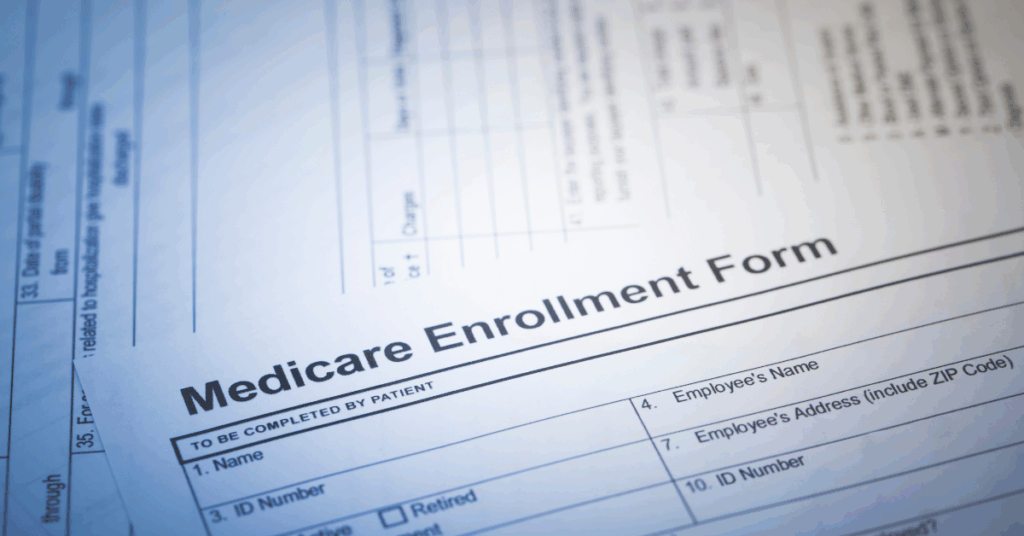
FAFSA Facts Every Family Should Know
As the year draws to a close, many families find themselves reflecting on competing priorities. College decisions may be coming into focus for a child,
Phone: (940) 591-9007 Toll Free: (877) 305-4774
How can we help?


As the year draws to a close, many families find themselves reflecting on competing priorities. College decisions may be coming into focus for a child,

As the holidays approach, many of us feel a renewed sense of gratitude and connection. It’s a season for reflection on what we value, who

October marks an important time of year for anyone navigating Medicare—the annual open enrollment period (October 15–December 7). During this window, you can review your

Losing a spouse is one of the most profound and disorienting experiences a person can face. In addition to the emotional weight of grief, there’s

If you’ve been following our series on Net Unrealized Appreciation (NUA), you’re already familiar with it as a powerful tax strategy for PACCAR employees holding

If you’ve been following our PACCAR NUA series, you already know how Net Unrealized Appreciation (NUA) can unlock powerful tax advantages. But the real beauty